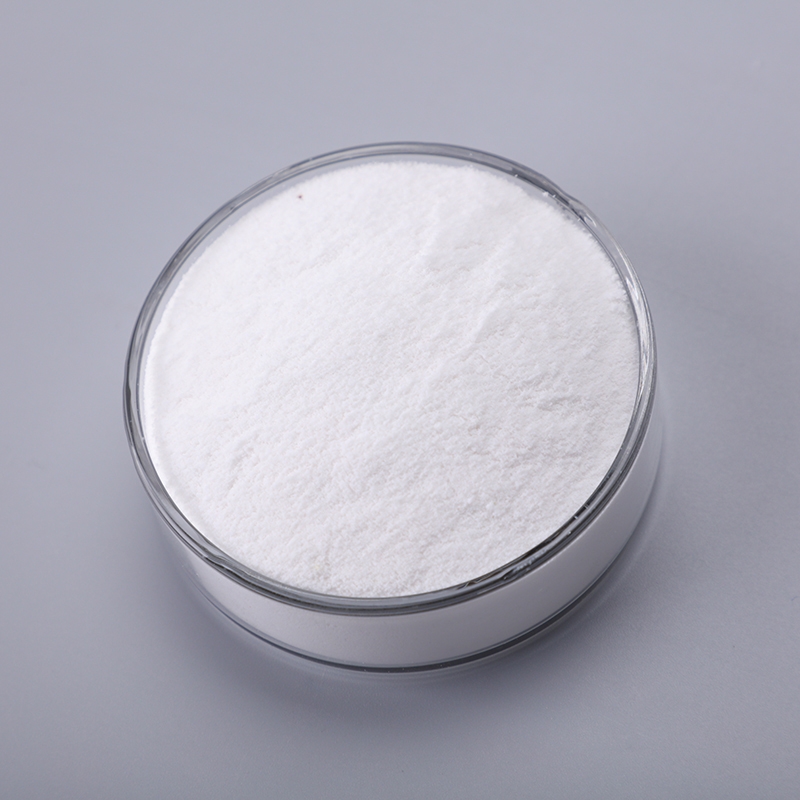-
Categories
-
Pharmaceutical Intermediates
-
Active Pharmaceutical Ingredients
-
Food Additives
- Industrial Coatings
- Agrochemicals
- Dyes and Pigments
- Surfactant
- Flavors and Fragrances
- Chemical Reagents
- Catalyst and Auxiliary
- Natural Products
- Inorganic Chemistry
-
Organic Chemistry
-
Biochemical Engineering
- Analytical Chemistry
-
Cosmetic Ingredient
- Water Treatment Chemical
-
Pharmaceutical Intermediates
Promotion
ECHEMI Mall
Wholesale
Weekly Price
Exhibition
News
-
Trade Service
Butanoic acid, 2-hydroxy-, sodium salt (1:1) is an important chemical compound used in various industries such as pharmaceuticals, cosmetics, and soaps.
It is commonly used as a foaming agent, emulsifier, and pH regulator.
The synthetic routes of this compound have been studied extensively, and several methods have been developed to synthesize it.
One of the commonly used methods for the synthesis of Butanoic acid, 2-hydroxy-, sodium salt (1:1) is the chemical reaction between sodium hydroxide and 2-butanone.
In this method, 2-butanone is treated with sodium hydroxide in the presence of a solvent such as water or ethanol.
The reaction proceeds in several steps, with the formation of an intermediate alkaline complex before the final product is obtained.
Another synthetic route for Butanoic acid, 2-hydroxy-, sodium salt (1:1) is the oxidation of 2-butanol using various oxidizing agents such as potassium permanganate, chlorine, and bromine.
In this method, 2-butanol is treated with the oxidizing agent in the presence of a solvent such as water or alcohol.
The reaction proceeds through several stages, with the formation of an intermediate alcohol and an aldehyde before the final product is obtained.
Yet another synthetic route for Butanoic acid, 2-hydroxy-, sodium salt (1:1) is the reaction between sodium hydroxide and 2-butanol.
In this method, 2-butanol is treated with sodium hydroxide in the presence of a solvent such as water or alcohol.
The reaction proceeds through several stages, with the formation of an intermediate alcoholate before the final product is obtained.
The synthetic routes mentioned above have their own advantages and disadvantages.
The chemical reaction between sodium hydroxide and 2-butanone is a simple and cost-effective method, but it requires careful handling of the reagents to prevent the formation of excessive amounts of hydrogen gas.
The oxidation of 2-butanol using potassium permanganate is a faster method, but it requires the use of a strong oxidizing agent and is more expensive than other methods.
The reaction between sodium hydroxide and 2-butanol is less expensive, but it requires the use of a strong base and is more time-consuming than other methods.
The synthetic routes of Butanoic acid, 2-hydroxy-, sodium salt (1:1) have a significant impact on the cost and efficiency of its production.
The selection of a particular synthetic route depends on several factors such as the desired yield, purity, and cost of production.
The use of more efficient and cost-effective synthetic routes can lead to a reduction in the cost of production and an increase in the profitability of the chemical industry.
In conclusion, Butanoic acid, 2-hydroxy-, sodium salt (1:1) is an important chemical compound used in various industries.
The synthetic routes of this compound have been extensively studied, and several methods have been developed to synthesize it.
The selection of a particular synthetic route depends on several factors such as the desired yield, purity, and cost of production.
The use of more efficient and cost-effective synthetic routes can lead to a reduction in the cost of production and an increase in the profitability of the chemical industry.







